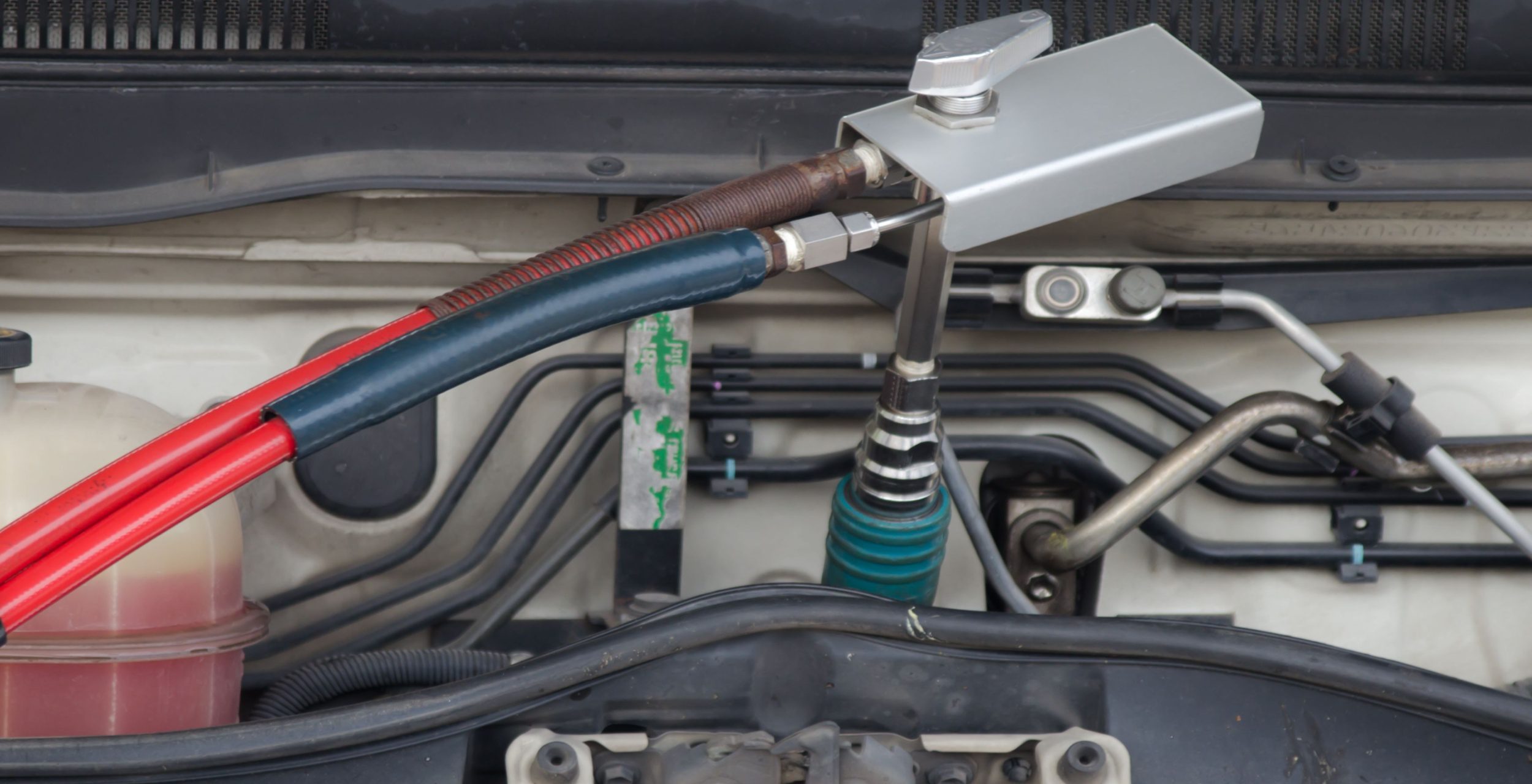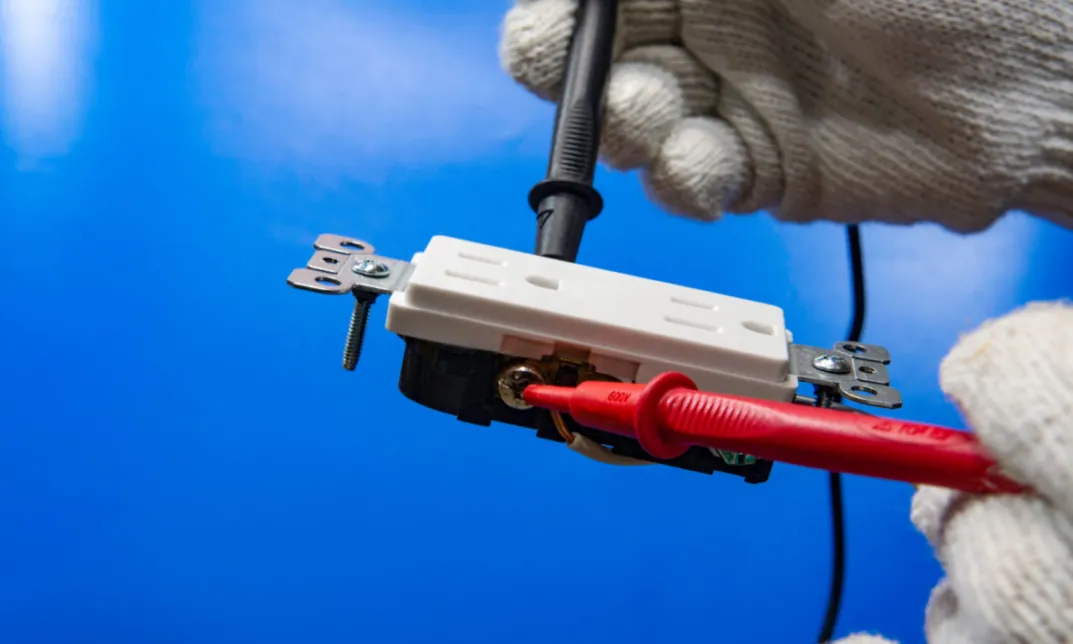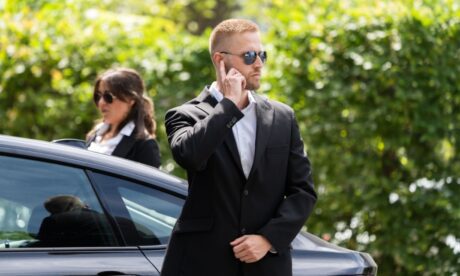Have you ever wondered what is the legal requirement for PAT testing? Many business owners and employers grapple with this question, seeking clarity on how to ensure safety and compliance in their workplaces. Therefore, understanding the legal aspects surrounding Portable Appliance Testing (PAT) is crucial. This blog will delve into what PAT testing entails, the legal requirements, and why it is essential for every business.
What is PAT Testing?
Before we dive into the legal requirements, let’s first understand what PAT testing is. PAT, or Portable Appliance Testing, is the process of checking electrical appliances to ensure they are safe to use. This includes testing for any potential electrical hazards, such as faulty wiring or damaged plugs. The primary goal of portable appliance testing is to prevent electrical accidents and ensure the safety of individuals using the appliances.

What Does the Law Say About Portable Appliance Testing?
The legal requirements for PAT testing are not explicitly detailed in legislation but are encompassed within broader health and safety policies. According to the Health and Safety at Work Act 1974, employers have a duty to ensure that their electrical equipment is safe for use. This means taking all reasonable steps to prevent harm to employees. Moreover, the Management of Health and Safety at Work Regulations 1999 reiterates this by stating that risk assessments must be carried out to identify any potential hazards in the workplace, including electrical risks.
As a result, while there is no strict legal frequency for portable appliance testing, most experts recommend a testing schedule based on the equipment’s use and environment. For example, equipment used frequently should be tested more often than equipment that is rarely used. Therefore, keeping a detailed log of testing records is essential.
How Often Should Portable Appliance Testing Be Done?
Although there are no specific legal requirements, following certain guidelines is advisable. Equipment should be tested regularly, and the Health and Safety Executive (HSE) suggests that:
- Portable tools: Every 1 to 2 years.
- IT equipment: Every 1 to 5 years, depending on the risk level.
- Catering equipment: Should be tested annually.
- Others: Varies based on usage and risk assessment.
This list provides a general overview, but businesses should assess their specific situations. As a result, regular checks not only ensure compliance but also contribute to a safer workplace for all.
What are the Consequences of Not Complying with PAT Testing Regulations?
Failure to comply with portable appliance testing regulations can result in serious consequences, including:
- Fines: Employers who fail to comply with PAT testing regulations can face significant fines, up to £20,000.
- Imprisonment: In severe cases, employers can face imprisonment for failing to comply with PAT testing regulations.
- Damage to reputation: Failure to comply with PAT testing regulations can damage a company’s reputation and lead to a loss of business.
- Increased insurance premiums: Employers who fail to comply with PAT testing regulations may face increased insurance premiums.
Why is Portable Appliance Testing Important?
Portable appliance testing is crucial for ensuring the safety of individuals using electrical appliances. Electrical accidents can have devastating consequences, including serious injury and even death. In fact, according to the Health and Safety Executive (HSE), electrical accidents account for a significant number of workplace injuries and fatalities each year.
Moreover, PAT testing can also help prevent fires caused by faulty electrical equipment. Electrical fires can have catastrophic consequences, including damage to property and loss of life. By regularly testing electrical appliances, individuals can help prevent these types of accidents and ensure a safe working environment.
Steps to Implement Portable Appliance Testing in Your Business
One of the most important tasks is how you can implement PAT testing in your business. Here’s a breakdown of the steps to follow:
- Conduct a Risk Assessment: Identify all electrical equipment in your workplace and assess the risk associated with each item.
- Create a Testing Schedule: Based on the risk assessment, establish a regular testing schedule that aligns with recommended guidelines.
- Hire Qualified Personnel: Ensure that PAT testing is carried out by qualified individuals who can accurately assess and document the condition of your equipment.
- Maintain Records: Keep detailed records of all tests conducted, including dates, results, and any actions taken.
- Review and Update: Regularly review your PAT testing procedures and update them as necessary to reflect changes in equipment or regulations.
Conclusion
Portable appliance testing is a crucial aspect of electrical safety, and it is essential to understand the legal requirements surrounding it. By regularly testing electrical appliances, individuals can help prevent electrical accidents and ensure a safe working environment. Failure to comply with portable appliance testing regulations can result in serious consequences, including fines and imprisonment. By following the guide outlined above, individuals can ensure compliance with PAT testing regulations and maintain a safe working environment.





